Published Dec 12, 2016
Rod Roddenberry Opens The Roddenberry Vault
Rod Roddenberry Opens The Roddenberry Vault
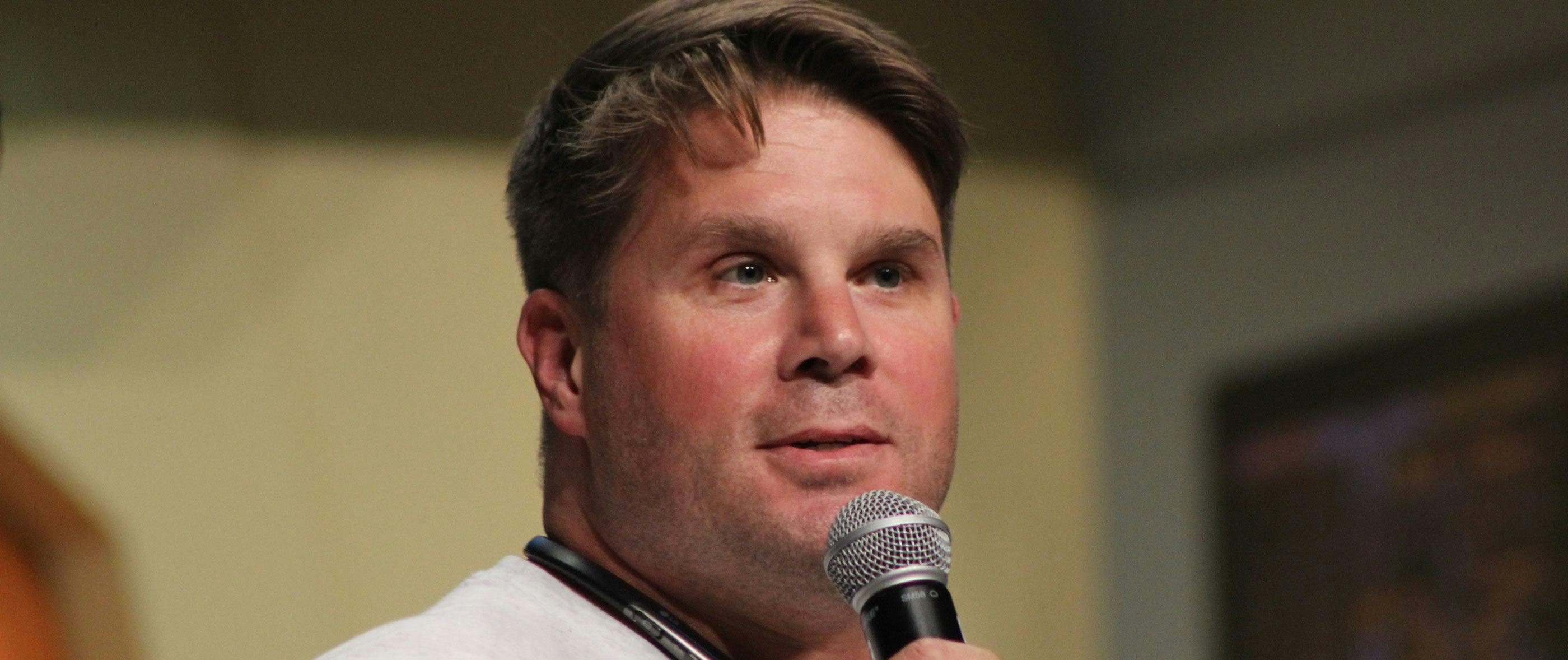
It’s finally here. Star Trek: The Original Series -- The Roddenberry Vault is available now from CBS Home Entertainment and Paramount Home Media Distribution. The three-disc Blu-ray collection, which initially will feature limited-edition packaging, includes 12 classic episodes, three exclusive special feature documentaries that present previously unseen footage, and fresh interviews with notable Trek talent, including William Shatner, Michael and Denise Okuda, Nichelle Nichols, Ralph Senensky, Walter Koenig, George Takei, Elinor Donahue, the late Don Marshall and more. Though not involved in the day-to-day of the collection’s creation, another key player in The Roddenberry Vault was none other than Eugene “Rod” Roddenberry, the son of Star Trek creator Gene Roddenberry.
Since the passing of his mother, Majel Barrett-Roddenberry, the younger Roddenberry had kept the footage safe, thereby setting the stage for The Roddenberry Vault to become a reality. Roddenberry, who will also be an executive producer on Star Trek: Discovery, joined StarTrek.com to talk about life as a Roddenberry, The Roddenberry Vault and more…
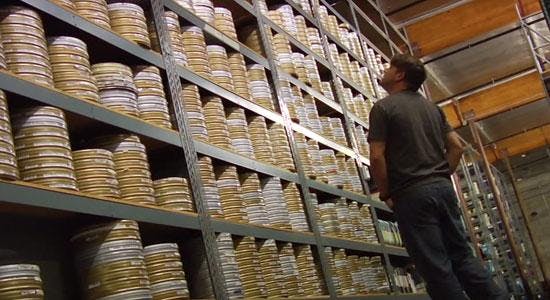
Lots of people have been waiting a very, very long time for something like the Roddenberry Vault Blu-ray. Take us through the timeline. Where had all the footage been? When did you become aware of it, and how and when did the pieces for this project fall in to place?
I've been around this film since I was just a wee little kid. My mother used to have a warehouse on Wilcox in the middle of Hollywood, kind of a seedy neighborhood, especially back then in the early 80's. I used to run through and play with all the Star Trek merchandise and Kung Fu merchandise. Don't ask. (Laughs) There were all these boxes of film and I would just go and look at them and kind of play with the film itself, but really had no idea what they were, and this was an old dingy non-temperature regulated warehouse with holes all over the place.
Throughout the years, it had been moved from warehouse to warehouse as their business moved and then, eventually, it was put in our home in Bel Air and moved into a dark, dingy basement. Over the years, I started to really understand what it was, but maybe didn't really understand the value of it, because what they were doing was just selling them as film clips. They'd clip out three frames, put about five or six of those into a wax paper envelope and send them out. As I got out of college, I started to really understand the importance of this stuff and would have a number of debates with my mother as to what we should do with it in terms of preserving it when it was in a basement that would often flood and often have leaks.
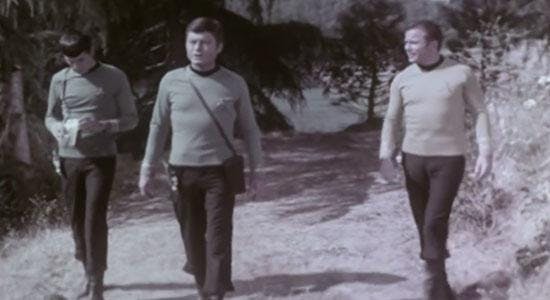
Did she realize the value of it – historic and otherwise?
At the time, she, I don't think, really understand what could be done with it, not that I did, either. I just knew it was valuable. Anyhow, fast forwarding, my mother passes away. We have this amazing asset. We have this amazing piece of property. I, to that moment, still don't know what can be done with it, but I know it's valuable. Trevor Roth, who runs Roddenberry Entertainment now, I work with him and we decide to move into a facility that does exactly this. They store film for studios and production companies, and we kept it there and started the process of talking to Paramount and CBS and saying, "What could be done?"
The conversation was often, "We have tens of thousands of feet, if not more of Star Trek footage, The Original Series, 35 millimeter footage, but we don't know what's on it. And, to be honest, I'm not going to pay the tens of thousands of dollars to find out, but hey CBS, why don't you do that? This could be quite beneficial." The conversation went more or less like that for a number of years and finally we got a bite and started working with one of their producers and started having bits and pieces looked at by the Okudas. We found out there was good stuff there in the few boxes that they went through.
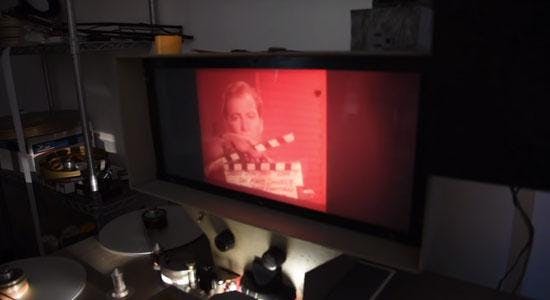
"Painstaking" is a word we’ve heard used to describe the process of sifting through it all…
That's a hundred percent accurate. The Okudas and a number of the people that worked with them spent years, years literally going through this footage because it's not just looking at a screen, and it's not just one reel of footage. These are small little, 10-foot, 20-foot round balls of film that are just cuts that were dropped to the cutting room floor. Each one of these had to be strung together and the audio had to be found, if there was audio, and then it needed to be put through a machine and catalogued. They spent years going through this, pulling out the gems, and that's kind of where we are today.
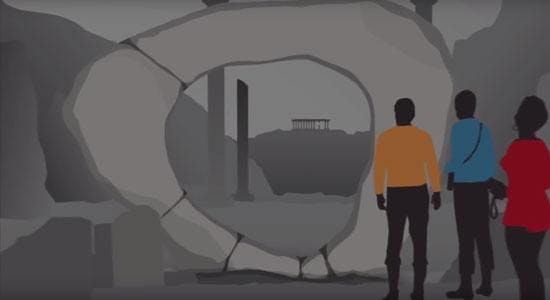
That sounds like an episode of CSI or some other forensic science-driven show. How involved were you?
This is the least interesting part, but I'll be a hundred percent honest. I did very little, next to nothing in terms of actually looking at the footage. When they built a clip of some good stuff, they would send it our way and I'd look at it and say, "Oh, this is great stuff." I got to see point one percent. I saw all the best stuff when they got it.
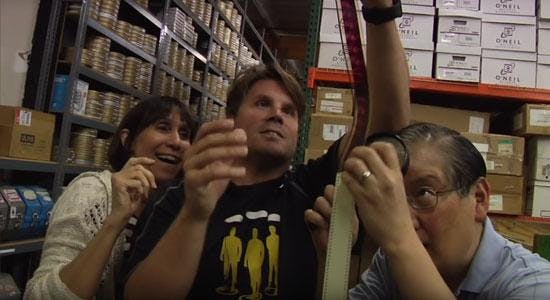
What do you think fans will be the most excited about that's in this Vault?
It depends on what level of Star Trek fan you are. I think anyone who at least just kind of likes Star Trek will appreciate the commentary and the documentaries that go along with this footage, when you have one of our directors or someone else take you through why this piece is significant. You'll look at it and be like, "Oh, that's cool. I didn't know they had that extra scene.” But when you're the hardcore fan, I think you're really going to be blown away when you find out that there was a pregnancy scene in an episode that was cut out. That's huge. That's a piece of Star Trek that there were rumors about it, but no one's ever seen it.
How about for you personally, Rod? Was there one thing that you found particularly fascinating?
I look at the whole thing. I think what I told you is that my first objective, my first selfish objective with all of this footage was "Great. Look for the great scenes. Look for those gems, but if you can find maybe my father or my father saying something or him walking right in front of the camera, that’d be exciting." Even though he wasn't a director and even though he wasn't really on set that often, that was what I was hoping to find for my own personal archives. Unfortunately, they never found any of that. That's what I was looking for.
But to answer your question, I've always been a fan of the bloopers, not for the bloopers, but because I always loved seeing behind the scenes. I want to see the real people. When Leonard Nimoy breaks character, I love that. When he smiles, when he flubs a line and says "Ah, dammit," I love seeing the person behind the character. It humanizes them and I love that. That brings me closer to Star Trek.
There’s a bit with Nichelle Nichols ad-libbing a song about Spock that made us smile. And we especially enjoyed the snippet of Janos Prohaska, the actor/stuntman inside the Horta costume, reacting accordingly as Joseph Peveny, the director, told him, "Move left, Janos. Move right, move left, move right."
That's awesome. I forgot about the footage of Nichelle until you just mentioned it now. We’ve also got the shot of the crash that kills Edith Keeler. In the movie Jaws, Bruce, the mechanical shark, never worked, so they had to sort of improvise and use the barrels. I think never seeing the shark just made that movie. That was the suspense and in a very small way, but it’s a similar idea, because making the cut they did (in “The City on the Edge of Forever”), so you don't see her fall, makes that scene even more powerful.

Many of The Original Series people on camera for the Vault project are of a certain age. Don Marshall, for example, just recently passed away. How important is it that this project was completed now, not just for the 50th anniversary, but while these people were still around to include and to document their comments and memories?
That was one of the driving forces. We wanted it done sooner if we could, but, of course, we didn't, even ourselves, understand the amount of time and effort it would take, beyond locating the stuff. Even at the end of this, we came across some more film cans. Not a tremendous amount, but it was still going to be additional dollars spent. We said, "Sorry. We wished we found it sooner, but it's important. We can't ignore this stuff. We've got to do it.”
The whole thing was just so time-consuming and labor-intensive that I'm glad they got it done when they did. I'm glad they got it done for the 50th and, in the context that you put your question, yeah, we're running out of people who were there. I'm glad we got the ones that we could to speak about it. We have (director) Ralph Senensky speaking, and that’s gold. That's gold. That's gold, and he was sharp as a tack. That right there, historically, is probably one of my favorite pieces.
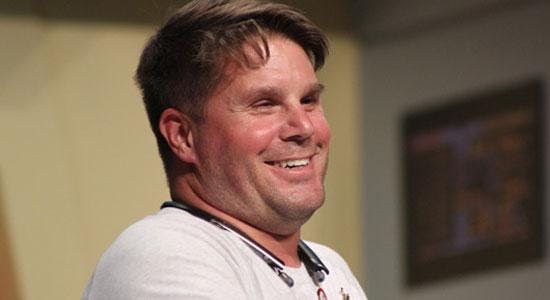
Let's go back in time prior to your dad's passing. What was your relationship to Trek?
None. Virtually none. As a 13-year-old I got a job working as a P.A. on The Next Generation, but at the age of 13, it was summer and I wanted to play with my friends and do whatever I wanted to do and my father was at least doing his best to teach me what it's like to earn a living even if I am the producer's son running around set. I didn't appreciate or take advantage of those opportunities at that age. I did watch. We would get the episode on VHS every Thursday and I did watch and I was a fan of Star Trek. I became a legitimate fan of Star Trek right around that time, but I wouldn't say I got it.
I didn't understand why other people loved it. I just knew there was something about it that I really liked, whether it was a vision of the future or that. That went away when Next Gen went away and when my father went away. It wasn't until after he passed away that I really started to understand Star Trek. Not to go into too many details, but I did a documentary called Trek Nation, where I went into that. It was an exploration of who my father was, what Star Trek was and what it meant to the world, and the fact that taking on the Roddenberry legacy is something that I became very proud of, I'd say, right after college.
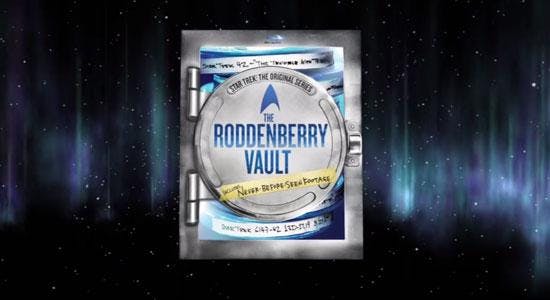
Now, here we are. There’s the Roddenberry Vault. You have your own company. If your mom and dad are looking down from above, how proud do you think they are of you?
I think they're plenty proud of me. We all struggle with things in our lives, with our parents, and I've come to terms with a number of mine. My father never wanted me to be the next Gene Roddenberry. He wanted me to be me, whoever I am, and I never took on Star Trek. I never went and became a writer and said, "I want to be the next guy creating Star Trek. I want to be the next Roddenberry who's making Star Trek." It wasn't for me and it still isn't. What I love is the philosophy that my father baked into the series. I love that better future. I mean, I genuinely love it.
I want nothing more for that to be reality and so, whether that's done through creating another television show or we have a family foundation, the Roddenberry Foundation, where we find organizations and individuals who are working towards that better future, we support them. We try to bring their technologies out and leverage the support we have from the fans to bring awareness to what they're doing and generate additional support. I am a 100 percent into this Star Trek future. It just may not be through Star Trek that I do it. I'm always involved in Star Trek and I will always be involved in Star Trek. I'm just not necessarily going to be the one leading the ship.

